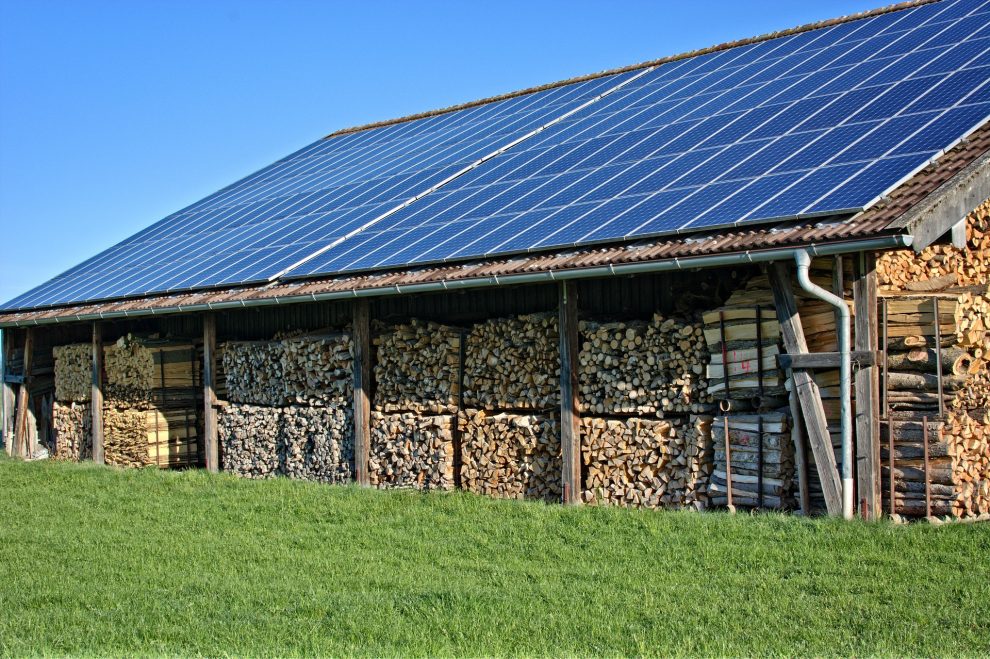R K Singh announced that India’s solar rooftop installations stand at 1,922 MW
Central Financial Assistance released towards sanctioned rooftop solar projects stands at Rs.1,874 crore
R K Singh, Minister for New and Renewable Energy, in his address to the Rajya Sabha, announced that India’s solar rooftop installations stand at 1,922 MW (megawatt) as of 13 March, 2020, as per MNRE (Ministry of New and Renewable Energy) data. This capacity is not inclusive of sanctioned projects that are under construction and are yet to be commissioned. The Central Financial Assistance (CFA) released towards sanctioned rooftop solar projects stands at Rs.1,874 crore ($ 248.67 million).
Of the 1.9 GW capacity of rooftop solar (RTS) installations, 346 MW are in the residential sector – RTS installations on independent homes, apartment complexes and other domestic buildings.
R K Singh also added that “So far as on 12.03.2020, an amount of approximately Rs. 1874.39 crore has been released to various implementing agencies, that is; state nodal agencies, Solar Energy Corporation of India (SECI) Limited, power distributing companies (DISCOMs), PSUs (public sector undertakings), government departments etc. under the rooftop solar programme as central financial assistance or incentives inclusive of CFA towards residential sector.”
The guidelines for implementation of phase two of the Grid Connected Rooftop Solar Program initiated by the MNRE were released on 20th August, 2019. The main agenda of this scheme is to accomplish the installation of 40 GW solar capacity from RTS projects by 31st December, 2022.
The feature that stands out from phase two of the program is the CFA earmarked for residential RTS projects of a cumulative capacity of 4 GW. The structure of CFA is as follows:
- CFA is 40% of project cost for capacity up to 3 kW
- CFA is 20% for capacity above 3 kW up to 10 kW
- CFA is 20% for Group Housing Societies (GHS) or Residential Welfare Associations (RWA) of capacity up to 500 kW (half a megawatt)
The program also provides incentives to DISCOMS for an initial capacity addition of 18 GW only. The DISCOM incentives are progressive calculated on RTS capacity added above the baseline capacity. Baseline capacity is the cumulative capacity of RTS projects installed by the end of the previous financial year (FY) of calculation. More details of the Grid Connected Rooftop Solar Program and DISCOM incentives can be sought on the MNRE website. Centralized grid connected and standalone solar power projects are being developed to establish energy security and to provide round-the-clock electricity to the entire nation.
India is now at the fifth position in the world in terms of overall installed renewable energy capacity. Renewable energy is approximately 23% of the total installed generation capacity in India as on 29th February, 2020. If the COVID-19 crisis is abated and projects continue as planned, achieving 175 GW renewable energy capacity by 2022 seems like a realizable goal.
At present, a subsidy scheme being implemented by BESCOM is in progress. Applications for the subsidies can be made to BESCOM before 25th March, 2020. Around 20% to 40% subsidies are available for residential rooftop solar projects, based on the capacity being implemented. Kerala State Electricity Board (KSEB) has also recently invited bidders to install 50 MW of RTS projects in the state.














Add Comment